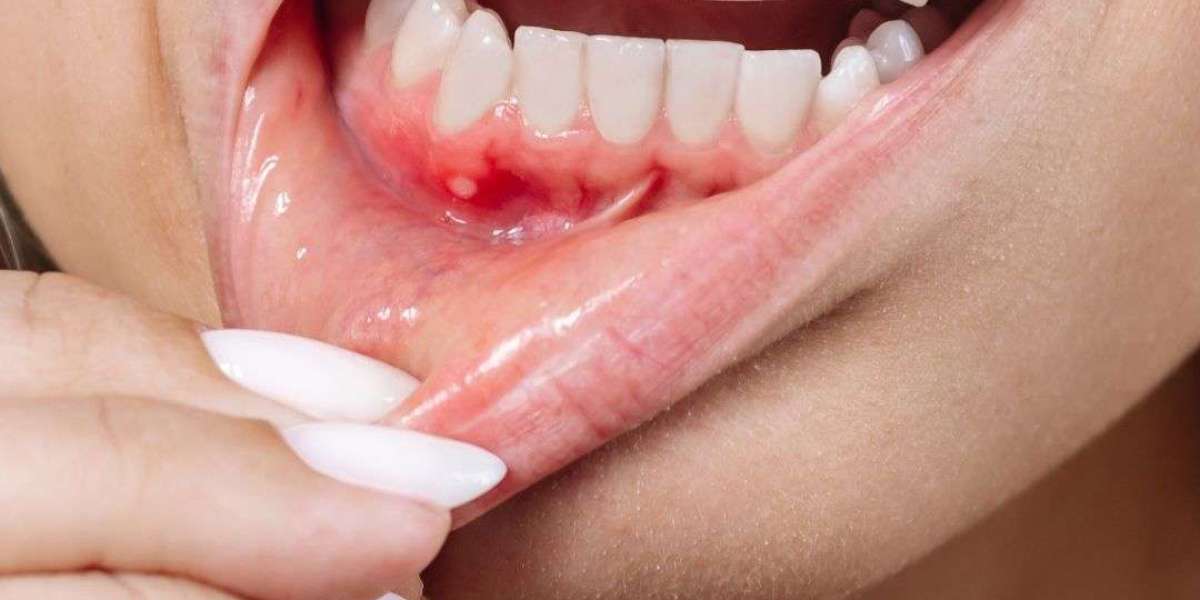Oral health is more than just brushing twice a day—it’s a window into the overall condition of your body. A common yet often overlooked concern is the appearance of a hole in gum tissue, which may signal serious underlying dental issues such as periodontal pockets, gum abscesses, or gum recession. Recognising the signs and understanding the causes can help you take action before more severe complications arise. Let’s explore the main culprits behind these gum issues and how to treat them effectively.
What Is a “Hole in the Gum”?
A hole in the gum refers to an abnormal gap, lesion, or pocket that appears in the gum tissue. This opening can expose tooth roots, lead to sensitivity, and, if left untreated, may become a breeding ground for bacteria. Many patients initially notice it while brushing or flossing, or when food becomes lodged in the same spot repeatedly.
While some holes may be minor and result from physical trauma (like overly aggressive brushing), others can indicate deeper periodontal problems.
Periodontal Pockets: Silent Threats Below the Gumline
Periodontal disease, or gum disease, is one of the most common causes of gum deterioration. As the disease progresses, it causes the gums to pull away from the teeth, forming periodontal pockets. These pockets are essentially small, infected gaps between the teeth and gums.
In their early stages, periodontal pockets might go unnoticed, as symptoms can be mild. However, as they deepen, they become reservoirs for plaque, bacteria, and debris. If you experience bleeding while brushing, persistent bad breath, or visible gum recession, it might be time to see your dentist in Mt Druitt for a thorough periodontal evaluation.
Without timely treatment, periodontal pockets can lead to the destruction of the bone that supports your teeth, resulting in loosening or even tooth loss.
Gum Abscesses: A Painful Warning Sign
Another potential reason for a hole in gum is a gum abscess—a painful collection of pus caused by bacterial infection. Gum abscesses may form due to untreated periodontal disease, food or foreign objects trapped between the teeth and gums, or poor dental hygiene.
Common symptoms include:
- Swelling in the gum area
- Intense pain that may radiate to the jaw or ear
- A foul taste in the mouth
- Fever or general malaise in severe cases
Gum abscesses can rupture, leading to drainage of pus and temporary pain relief, but this does not mean the issue is resolved. Abscesses require professional dental treatment, including drainage and often antibiotics. If you’re in Western Sydney, seeking help from a reputable dentist in Mt Druitt is crucial for immediate and effective care.
Gum Recession: When the Gums Pull Away
Gum recession occurs when the gum tissue surrounding the teeth wears away, exposing more of the tooth or its root. This not only makes the teeth appear longer but can also create sensitive areas and apparent holes in the gum.
Common causes of gum recession include:
- Periodontal disease
- Overly aggressive brushing or flossing
- Genetics
- Hormonal changes
- Smoking or use of tobacco products
Receding gums are a gradual process, and many people don’t realise the severity of the issue until they begin experiencing pain or see visible changes in their gum line. If you’re noticing any such changes, book an appointment with your dentist in Mt Druitt to prevent further tissue and bone loss.
Diagnosis and Treatment Options
To properly diagnose the cause of a hole in gum, a dentist will perform a clinical examination, often accompanied by dental X-rays or periodontal probing to assess pocket depths. Based on the diagnosis, treatment may include:
- Scaling and Root Planing: Deep cleaning to remove plaque and tartar from below the gumline.
- Antibiotic Therapy: Topical or oral antibiotics to reduce bacterial infection.
- Surgical Procedures: In cases of severe gum damage, procedures such as flap surgery, pocket reduction, or grafting may be necessary.
- Ongoing Maintenance: Regular check-ups and cleanings to monitor gum health and prevent recurrence.
Patients are also advised to improve at-home oral hygiene, including using a soft-bristled toothbrush, flossing correctly, and using antibacterial mouthwash as recommended by their dentist.
Preventive Care: Your Best Defence
While treatment options exist, prevention is always better than cure. Good oral hygiene habits, a balanced diet, and regular dental check-ups can greatly reduce your risk of developing gum problems. Smokers should consider quitting, as tobacco use significantly increases the risk of periodontal disease and slows healing.
Choosing a trusted dentist in Mt Druitt for your regular dental visits ensures that potential issues are caught early, and personalised advice is given to suit your oral health needs.
In summary, noticing a hole in gum tissue should never be ignored—it may be your body's way of signalling an underlying dental issue. From periodontal pockets and abscesses to receding gums, each condition has its own set of causes, symptoms, and treatment options. Left untreated, these problems can escalate, leading to significant pain and tooth loss. Fortunately, with early intervention and the help of a reliable dentist Mt Druitt, you can manage and even reverse many of these conditions. If you notice changes in your gums, seek professional advice right away. Your smile—and your overall health—depend on it.


